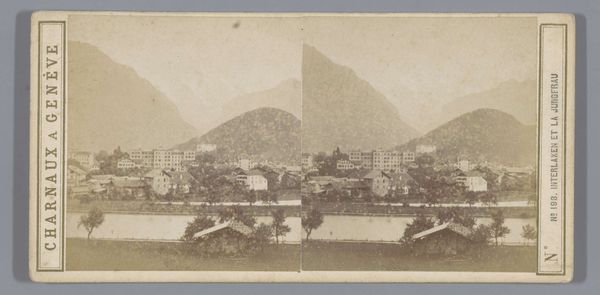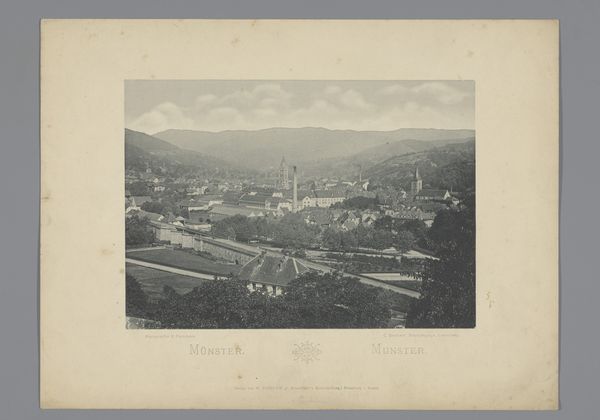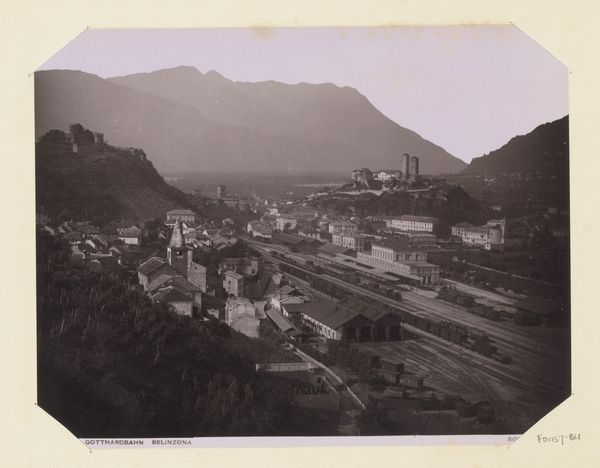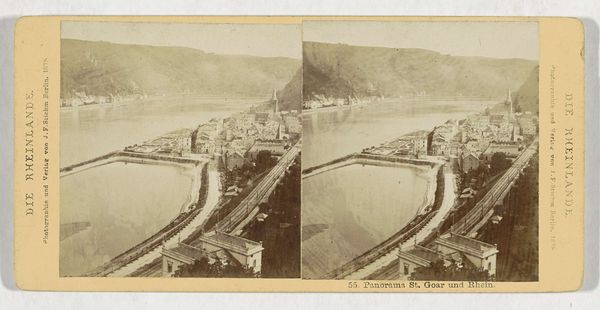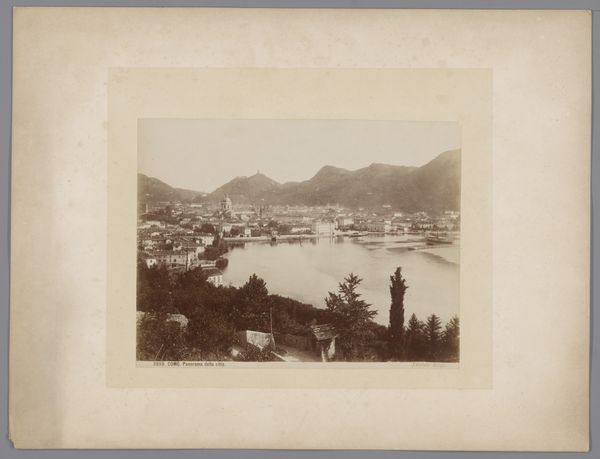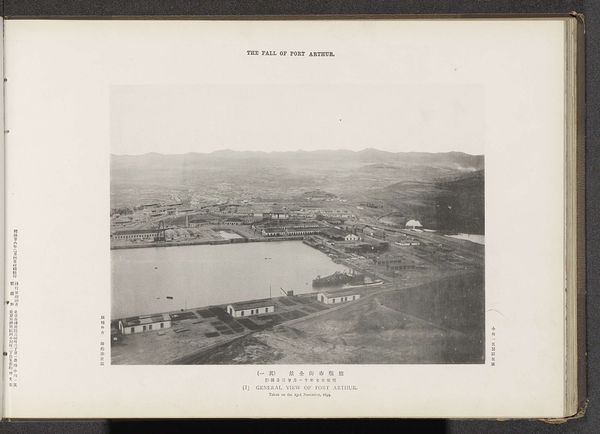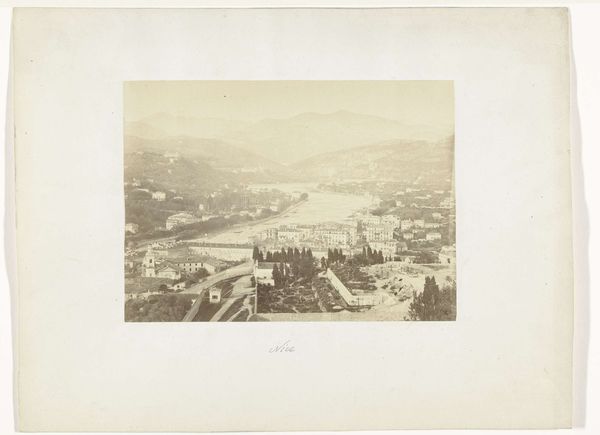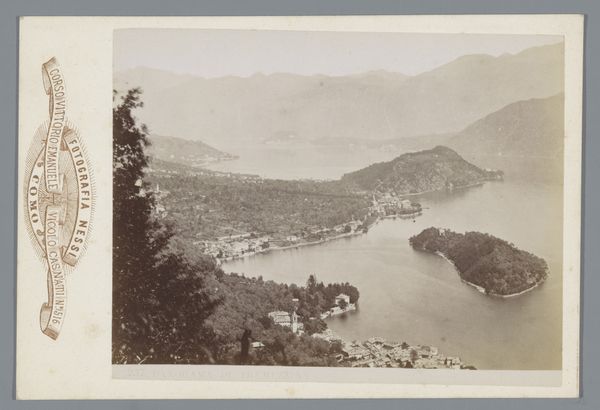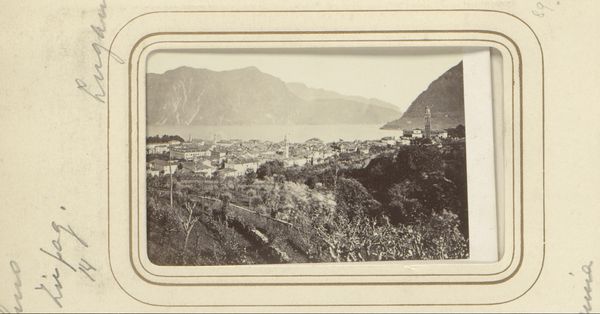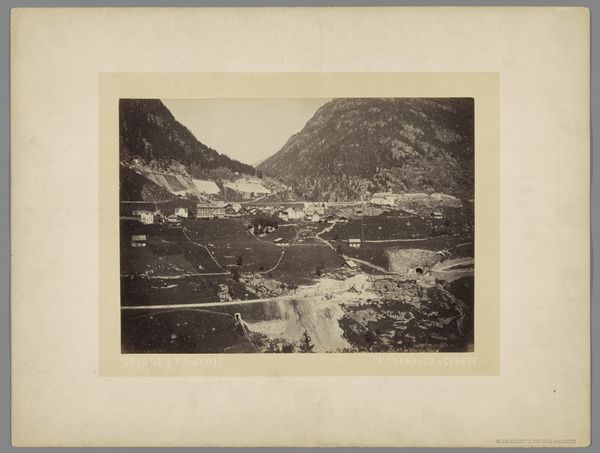
print, photography, photomontage
#
16_19th-century
# print
#
photography
#
photomontage
#
cityscape
#
realism
Dimensions: height 150 mm, width 201 mm, height 260 mm, width 332 mm
Copyright: Rijks Museum: Open Domain
Editor: This photomontage by Marc Ferrez, sometime between 1890 and 1910, captures a view of the harbor and armory in Rio de Janeiro. It's striking how the roofs in the foreground seem to frame this bustling scene. What stands out to you about this image? Curator: Immediately, I notice how the artist merges elements, drawing on memory and collective visual culture. The detailed port scenes create an almost idealized vision, but the armory suggests another layer. Do you think the contrast reveals a tension between progress and the lingering potential for conflict? Editor: That's an interesting point. The busy harbor does speak to progress, but the armory certainly complicates the narrative. It makes you wonder about Brazil's aspirations and anxieties at the time. Curator: Precisely! Note, too, the high vantage point. Does it evoke a sense of looking down upon the scene, of having a detached, almost colonial perspective? Perhaps Ferrez uses that vantage point to convey not only the city’s geographic grandeur but its complex socio-political status? Editor: That makes me reconsider my initial view of it simply being a scenic shot. It's unsettling. Seeing it as a commentary on Brazil’s place in the world gives the photo a whole new depth. Curator: Photography, like iconography, layers meaning onto reality. What we read in the symbols—the armory, the bustling port—reveals a complex cultural landscape being negotiated and performed. Editor: I will definitely look more critically now at cityscapes and landscape photography, especially those taken during periods of colonial expansion. I appreciate you pointing out the layers of meaning. Curator: Indeed, viewing the past through photographs enables us to continuously revise the present through new visual understanding.
Comments
No comments
Be the first to comment and join the conversation on the ultimate creative platform.


